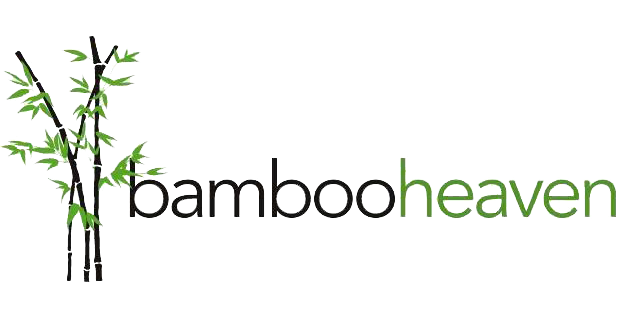Bees get a buzz from caffeine found naturally in flower nectar
You may need a cup of coffee to kick-start the day, but it seems honey bees also get their buzz from drinking flower nectar containing caffeine. Scientists from Arizona State University and the United Kingdom have discovered that caffeine improves a honey bee’s memory and may help plants recruit more bees to spread their pollen.
In an article published in the journal Science, the researchers show that honey bees feeding on a sugar solution containing caffeine, which occurs naturally in the nectar of coffee and citrus flowers, were three times more likely to remember a flower’s scent than those feeding on just sugar.
Geraldine Wright, study leader and reader in Neuroethology at Newcastle University, explained that the effect of caffeine benefits both the honey bee and the plant.
"Remembering floral traits is difficult for bees to perform at a fast pace as they fly from flower to flower and we have found that caffeine helps the bee remember where the flowers are,” said Wright. “In turn, bees that have fed on caffeine-laced nectar are laden with coffee pollen and these bees search for other coffee plants to find more nectar, leading to better pollination. So, caffeine in nectar is likely to improve the bee’s foraging prowess while providing the plant with a more faithful pollinator.”
Julie Mustard, a co-author of the study and assistant research professor with ASU’s School of Life Sciences, in the College of Liberal Arts and Sciences, explains further.
“Flowers and nectar have evolved to attract pollinators to plants so that the bees will then carry the pollen to a flower on another plant of the same species,” said Mustard. “By including caffeine in their nectar, the plants are increasing the likelihood that the bees will keep returning to plants of the same species.”
In the study, researchers found that the nectar of Citrus and Coffea species often contained low doses of caffeine. They included ‘robusta’ coffee species used mainly to produce freeze-dried coffee and ‘arabica’ used for espresso and filter coffee. Grapefruit, lemons, pomelo and oranges were also sampled and all contained caffeine.
Typically, the nectar in the flower of a coffee plant contains almost as much caffeine as a cup of instant coffee. Just as black coffee has a strong bitter taste to us, high concentrations of caffeine are repellent to honey bees.
“Caffeine is a defense chemical in plants and tastes bitter to many insects, including bees, so we were surprised to find it in the nectar,” said co-author Phil Stevenson, professor at the Royal Botanic Gardens, Kew and the University of Greenwich's Natural Resources Institute. “However, it occurs at a dose that’s too low for the bees to taste but high enough to affect bee behavior.”
The effect of caffeine on the bees’ long-term memory was profound, with three times as many bees remembering the floral scent 24 hours later and twice as many bees remembering the scent after three days.
“This work helps us understand the basic mechanisms of how caffeine affects our brains,” added Wright. “What we see in bees could explain why people prefer to drink coffee when studying.”
“Although human and honey bee brains obviously have lots of differences, when you look at the level of cells, proteins and genes, human and bee brains function very similarly,” Mustard said. “Thus, we can use the honey bee to investigate how caffeine affects our own brains and behaviors.”
This project was funded in part by the Insect Pollinators Initiative, which supports projects aimed at researching the causes and consequences of threats to insect pollinators and to inform the development of appropriate mitigation strategies.
Population declines among bees have serious consequences for natural ecosystems and agriculture since bees are essential pollinators for many crops and wild flowering species. If declines are allowed to continue, there is a risk to our natural biodiversity and on some crop production.
“Understanding how bees choose to forage and return to some flowers over others will help inform how landscapes could be better managed,” Stevenson added. “Understanding a honey bee’s habits and preferences could help find ways to reinvigorate the species to protect our farming industry and countryside.”
Sandra Leander ASU

